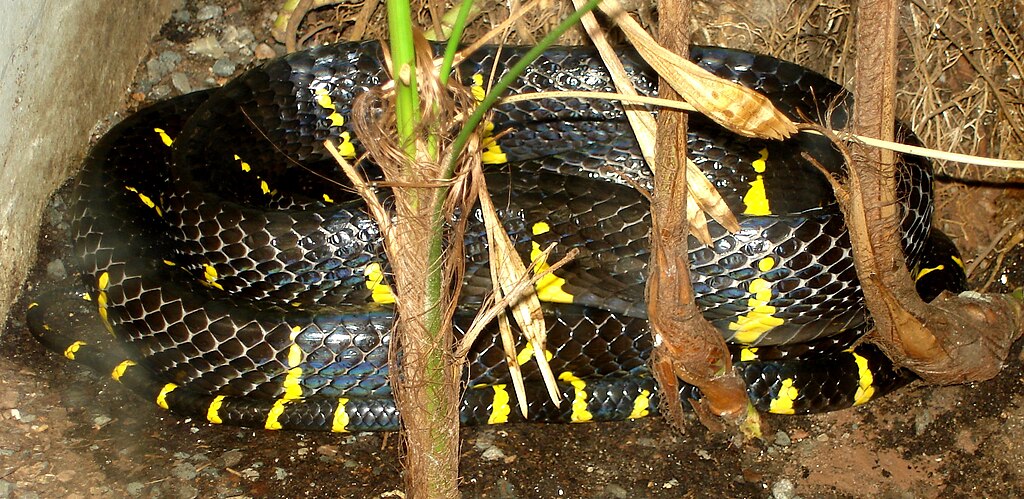Do snakes have the cognitive ability to remember human encounters? This question fascinates both reptile enthusiasts and those who simply cross paths with these slithering creatures in the wild. When a snake is caught and then released, does it form memories of this potentially traumatic experience? The answer involves complex considerations about reptilian brains, memory formation, and behavioral responses. While snakes may not remember experiences the way humans do, emerging research suggests they possess more sophisticated cognitive abilities than previously believed. Let’s explore the fascinating world of snake cognition and discover what science tells us about whether these remarkable reptiles can remember their encounters with humans.
The Basics of Snake Cognition
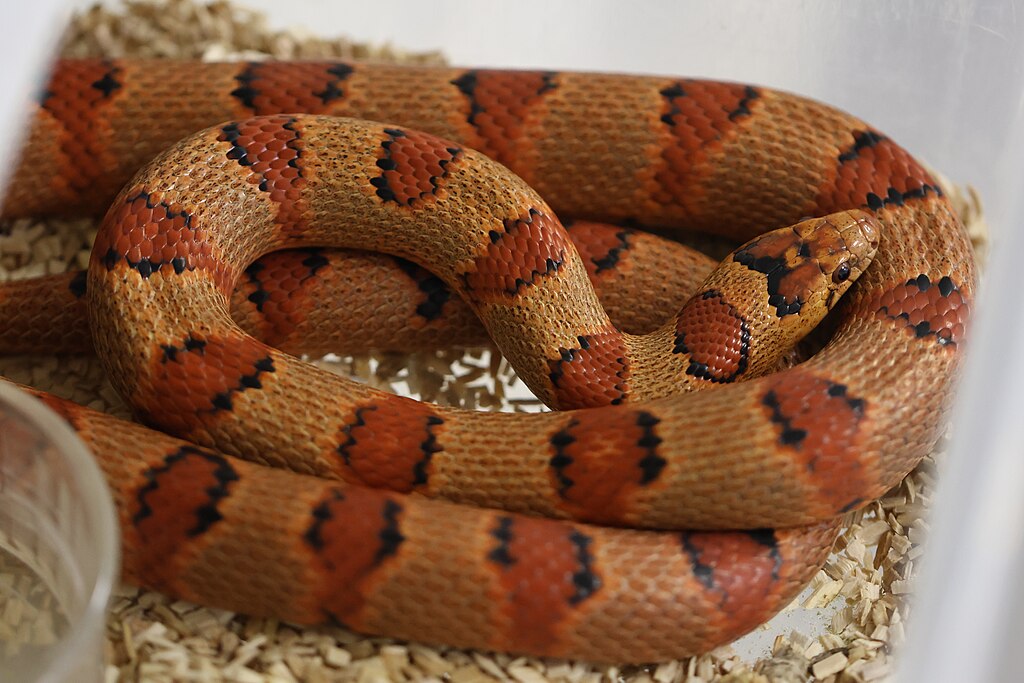
Snake brains differ significantly from mammalian brains, particularly in the cerebral cortex region where higher cognitive functions occur in humans. Despite having smaller and structurally different brains, snakes demonstrate remarkable adaptive behaviors that suggest some level of learning capacity. Their brains contain a developed medulla oblongata, cerebellum, and optic tectum, which manage vital functions, movement coordination, and visual processing respectively. Research into reptilian cognition has challenged long-held assumptions about “primitive” reptile brains, revealing that snakes possess neural structures capable of forming certain types of memories. These cognitive capabilities help snakes survive in complex environments where remembering locations of food, shelter, and potential threats provides evolutionary advantages.
Types of Memory in Reptiles

Scientists recognize several forms of memory that may exist in reptiles like snakes. Procedural memory allows for learned motor skills and habitual behaviors, while spatial memory helps snakes navigate their environments and remember important locations. Recognition memory enables snakes to identify familiar stimuli they’ve encountered before, potentially including humans who have handled them. Associative memory, particularly important for our question, allows snakes to form connections between specific stimuli and outcomes—like associating human handling with stress or danger. Studies examining these memory types in reptiles suggest that while snakes don’t possess autobiographical memory like humans, they can form and retain simpler memories that influence their future behavior when faced with similar situations.
Evidence of Learning in Snakes
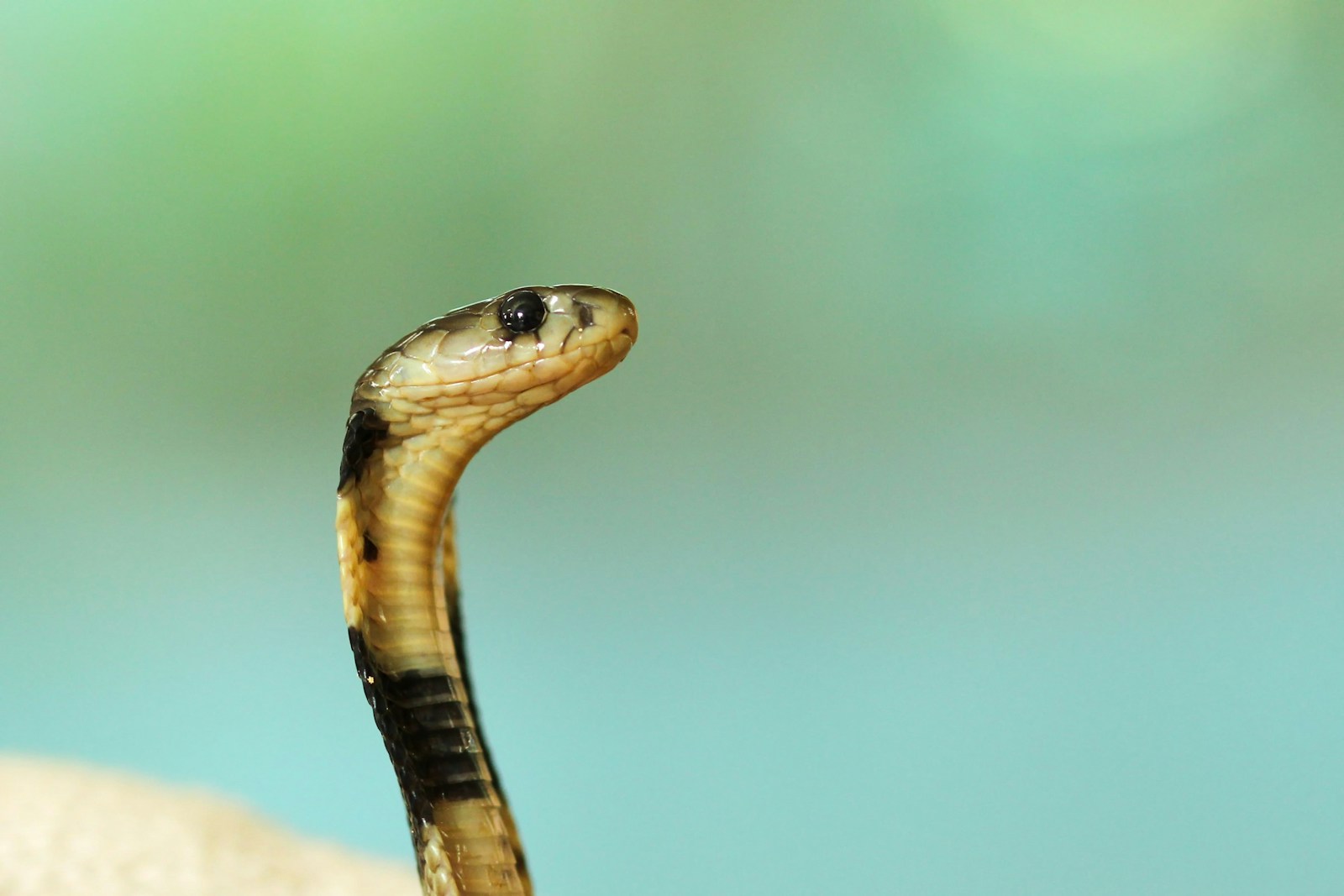
Scientific research has documented compelling evidence of learning capabilities in various snake species. In controlled studies, corn snakes demonstrated the ability to navigate mazes with increasing efficiency over time, suggesting they remember spatial information from previous attempts. Ball pythons have shown capacity to recognize and remember specific feeding routines, adjusting their behavior based on past experiences. Timber rattlesnakes have been observed returning to the same hibernation dens year after year, traveling considerable distances with remarkable navigational precision. Perhaps most relevant to our question, captive snakes often display behavioral changes after repeated handling sessions, sometimes becoming more tolerant or, conversely, more defensive based on their experiences. These documented learning abilities suggest that snakes can indeed form memories that influence their future responses.
The Stress Response in Captured Snakes
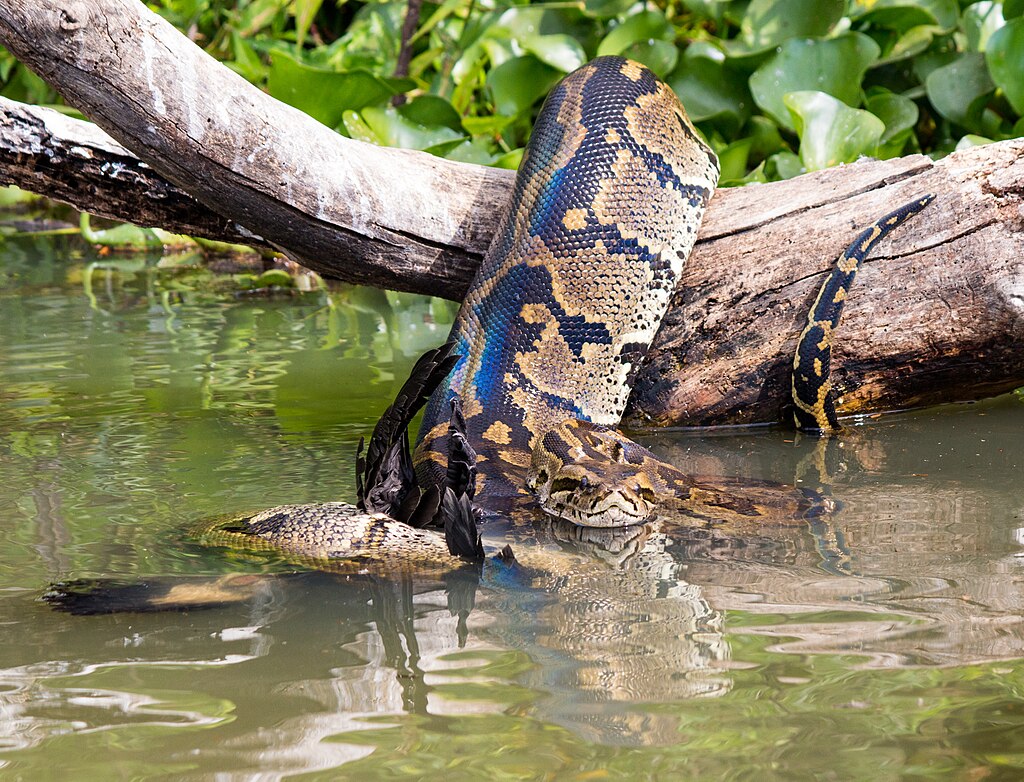
When a snake is captured in the wild, it typically exhibits strong physiological stress responses. These include elevated heart rate, increased production of stress hormones like corticosterone, and defensive behaviors such as striking, constricting, or releasing musk. The intensity of this stress response can create powerful associative memories linking human scent, appearance, or handling with danger. Research has shown that these stress hormones can enhance memory formation in many animals, potentially making capture events particularly memorable for snakes. Wildlife researchers often observe that previously captured snakes display heightened wariness or defensive behaviors when approached again, suggesting some level of recognition or memory of past capture events.
Can Snakes Recognize Individual Humans?

The question of whether snakes can distinguish between different human individuals remains controversial in herpetological circles. Some evidence suggests that certain snake species, particularly those kept as pets, may recognize their regular handlers through chemical cues (scent) and visual patterns. Reptile keepers frequently report that their snakes respond differently to them compared to strangers, showing reduced defensive postures or stress behaviors with familiar people. Experimental studies with captive king snakes have shown they react differently to the scent of their primary caretaker versus unfamiliar humans. However, this recognition likely differs from how mammals identify individuals, relying more on chemosensory information rather than facial recognition. This capability would theoretically allow a snake to remember a specific person who had captured it previously.
Duration of Snake Memories

The persistence of memories in snakes varies depending on several factors, including the type of memory, the significance of the experience, and the specific snake species. Laboratory studies suggest that some snakes can retain spatial memories for months or even years, as evidenced by their ability to navigate to specific locations over extended periods. Associative memories linked to strong emotional states, like those created during capture, may be particularly long-lasting due to their survival importance. Field researchers tracking wild snakes have documented individuals showing wariness around capture sites for weeks or months following release. However, memory duration likely varies significantly across the more than 3,600 snake species worldwide, with more advanced species potentially possessing longer memory retention than others.
Species-Specific Memory Differences
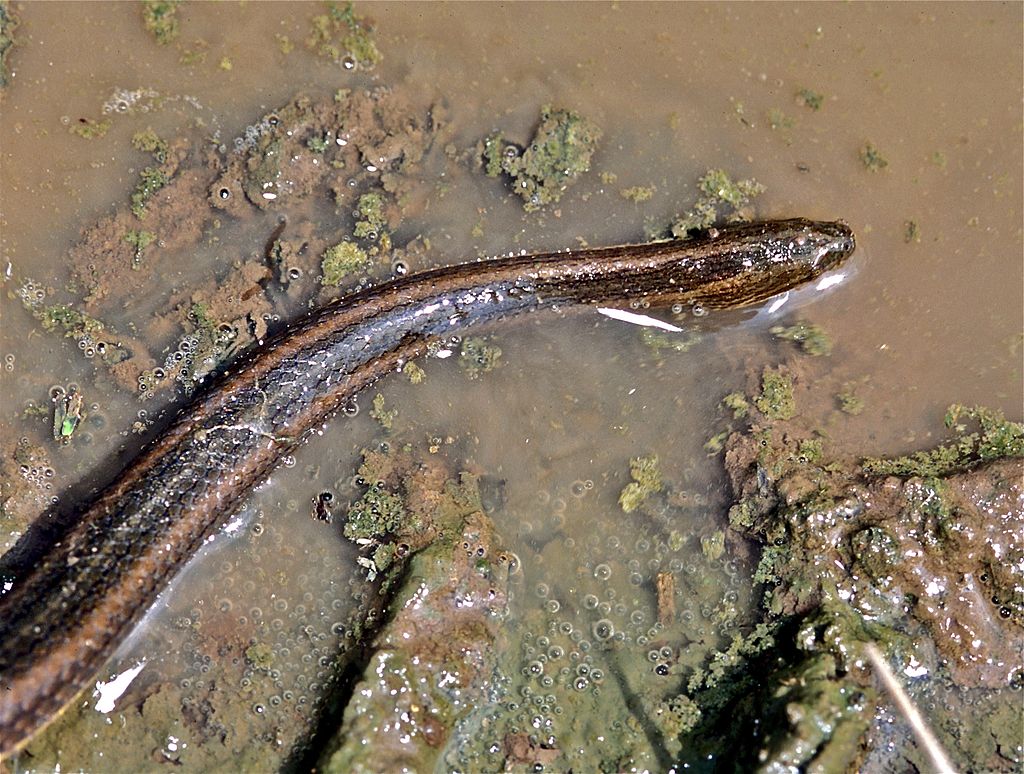
Not all snake species possess equal cognitive abilities, which affects their capacity to remember capture experiences. Generally, advanced hunters like vipers and elapids (which include cobras and mambas) show more sophisticated learning and memory capabilities than more primitive species. Arboreal species that navigate complex three-dimensional environments typically demonstrate better spatial memory than ground-dwelling species. Venomous snakes often display more refined defensive memories, possibly due to the evolutionary advantage of remembering and avoiding dangerous encounters rather than using their venom unnecessarily. Studies comparing memory tasks across species have found that ratsnakes and king snakes often outperform other species in learning tasks, suggesting they might be more likely to remember human encounters. These differences mean that while some species might form strong memories of being caught, others may have more limited recall abilities.
Habituation in Captive Snakes

Captive snakes provide interesting insights into reptilian memory through the process of habituation—the gradual reduction in response to repeated stimuli. Many pet snakes initially display defensive behaviors when handled but gradually become more tolerant over time as they learn that handling doesn’t result in harm. This behavioral change suggests they remember previous handling experiences and adjust their responses accordingly. Zookeepers and reptile educators often report that education snakes handled regularly become notably calmer than their wild counterparts, demonstrating long-term behavioral adaptation. Some species show remarkably rapid habituation, with corn snakes and ball pythons often becoming comfortable with handling within weeks, while others like certain wild-caught vipers may never fully habituate despite years in captivity. These differences in habituation rates likely reflect variations in memory formation and behavioral plasticity among species.
Wild Snakes and Trap-Shy Behavior

Wildlife researchers studying snake populations have observed a phenomenon called “trap shyness” that strongly suggests memory of capture events. After being caught in research traps, marked, and released, many snake species become significantly less likely to enter similar traps in the future, even when baited with attractive prey scents. This avoidance behavior can persist for extended periods, sometimes throughout entire field seasons, suggesting substantial memory retention. Herpetologists conducting mark-recapture studies often must vary their trapping methods to overcome this learned avoidance. Rattlesnakes, in particular, have demonstrated remarkable trap-shy behavior, with some individuals completely avoiding previously used capture areas for months following release. These real-world observations provide some of the strongest evidence that snakes can indeed remember capture experiences and modify their behavior to avoid similar situations.
The Role of Chemical Cues in Snake Memory

Snakes rely heavily on their chemosensory system, using their forked tongues to collect airborne particles and deliver them to the vomeronasal organ for analysis. This sophisticated chemical detection system plays a crucial role in how snakes form and access memories. When captured by humans, snakes are exposed to a variety of human-specific scents, including skin oils, soaps, laundry detergents, and natural body odors. Research suggests these chemical signatures may be particularly memorable for snakes, potentially enabling them to recognize specific humans or situations associated with capture stress. Laboratory experiments have demonstrated that snakes can retain chemical memories for extended periods, responding to specific scents months after initial exposure. This chemosensory memory may explain why some snakes show heightened defensive responses when encountering the same person who captured them previously, even without visual recognition.
Handling Techniques and Memory Formation

The specific methods used when catching and handling snakes may significantly influence whether they form lasting memories of the experience. Gentle, supportive handling techniques that minimize stress typically produce less intense physiological responses than rough handling or restraint methods. When snakes are captured using snake hooks or tongs before being held, they often show less defensive behavior than when grabbed directly by hand, which may affect memory formation. Research with captive snakes suggests that brief, positive handling sessions may create neutral or even positive associations, while prolonged restraint or painful procedures like forced feeding tend to create strong negative memories. Wildlife rehabilitators working with injured snakes often observe that individuals who underwent painful medical procedures remember and react defensively to the specific tools or handling methods used in their treatment. These observations suggest that how we handle snakes during capture may determine whether they form lasting negative memories of human encounters.
Practical Implications for Snake Handlers

Understanding snake memory has important practical applications for wildlife professionals, researchers, and casual encounters with snakes. Herpetologists conducting field research often implement protocols that minimize handling stress and use varied capture methods to prevent trap shyness affecting their population studies. Snake relocators who remove unwanted snakes from properties should consider that rough handling might create negative associations, potentially making the snake more defensive during future human encounters. For homeowners dealing with recurring snake visitors, this research suggests that catch-and-release efforts might actually teach the snake to avoid the area if the capture experience is sufficiently stressful, though results vary by species. Reptile educators should recognize that education animals likely remember their handlers and develop expectations based on past experiences, which helps explain why these animals often behave more predictably than newly captured specimens.
Ethical Considerations in Snake Handling

The potential for snakes to remember capture experiences raises important ethical considerations for how humans interact with these animals. Recognizing that our actions may create lasting impressions on snakes encourages more thoughtful approaches to handling. Wildlife photographers and enthusiasts seeking to observe snakes should prioritize minimal-impact observation techniques rather than handling when possible. When handling is necessary, using gentle, supportive techniques that minimize stress not only respects the animal’s welfare but may also result in less defensive behavior during future encounters. For researchers, the principles of the 3Rs (Replacement, Reduction, Refinement) suggest developing study methods that reduce the need for repeated captures or handling of the same individuals. Understanding that snakes may form memories of human encounters encourages us to approach these remarkable animals with greater consideration and respect for their cognitive capabilities.
Conclusion

While snakes don’t possess the complex autobiographical memory systems found in humans and some mammals, substantial evidence indicates they can remember significant experiences like being caught and released. Through a combination of associative, spatial, and chemical memory, many snake species appear capable of recalling human encounters and adjusting their behavior accordingly. The intensity of the capture experience, handling methods used, and specific snake species all influence whether lasting memories form. This understanding should inform how we interact with these remarkable reptiles, encouraging handling practices that minimize stress and respect their cognitive capabilities. Next time you encounter a snake in the wild or handle a captive specimen, remember: that snake may very well remember you, too.

